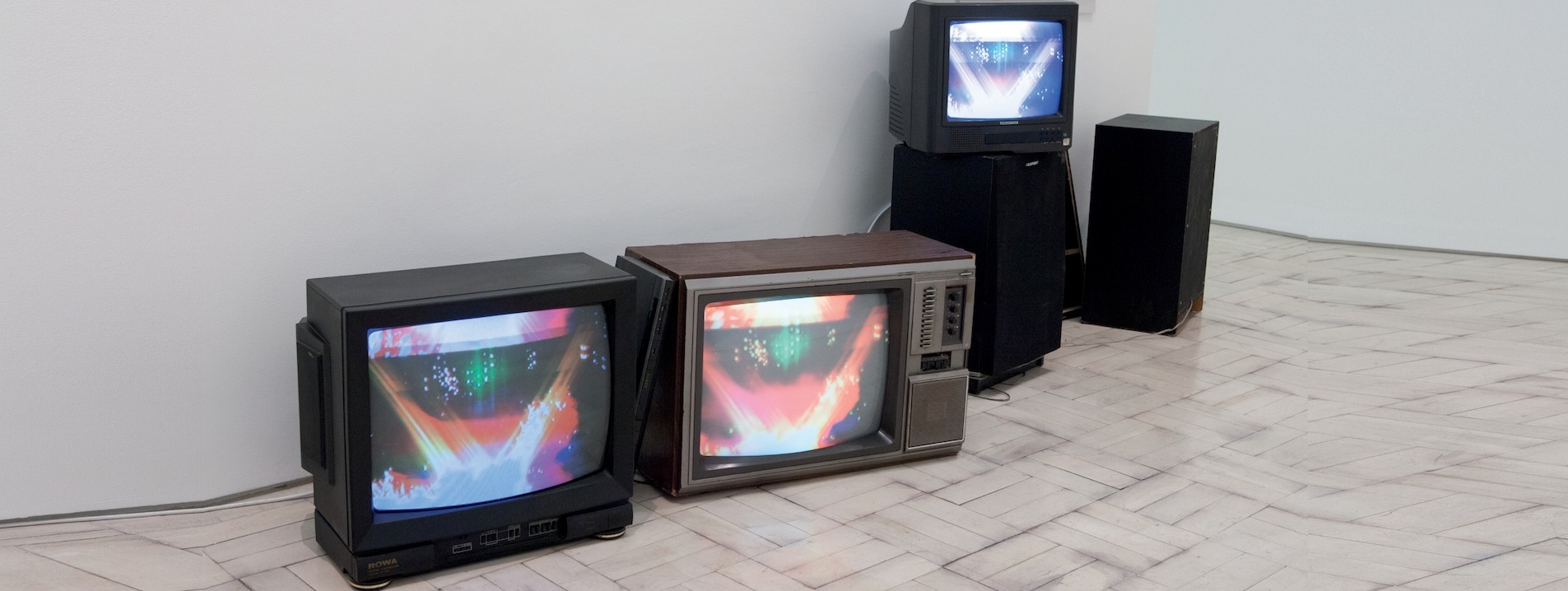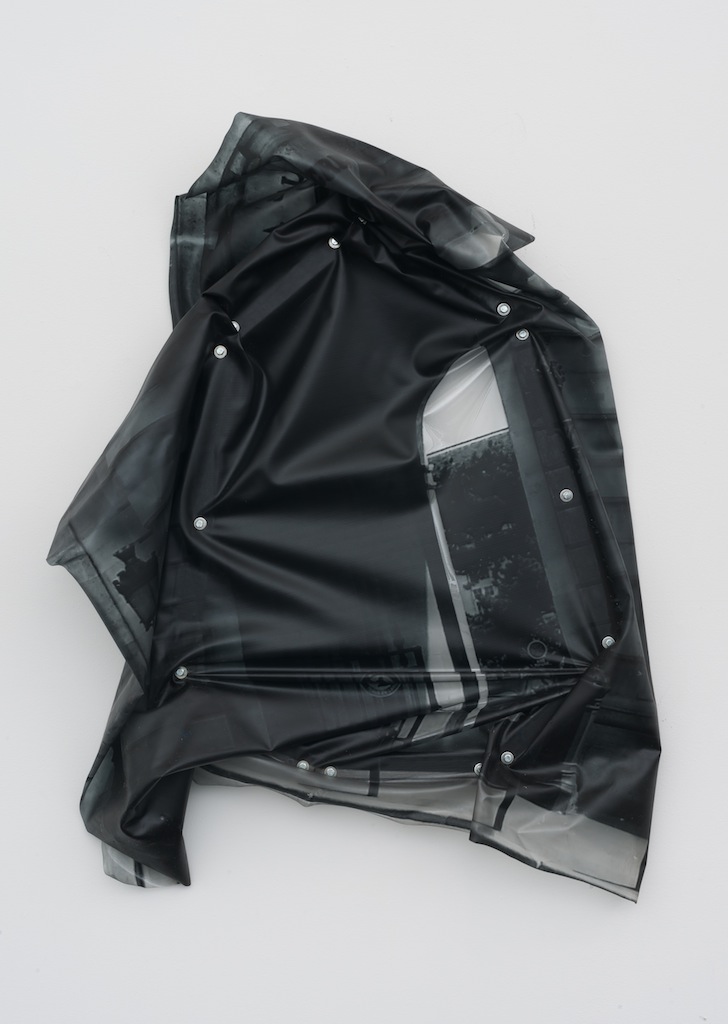Is photography Africa’s most important cultural export? We ask this and more to Theo Danjuma, the founder and director of The Danjuma Collection, the internationally respected contemporary art collection.
‘It was such an easy way in!’ exclaims 29-year-old Theo Danjuma, almost defending himself. He’s talking about his initiation into the art world, which he says came courtesy of many hours spent browsing London’s Lazarides Gallery, a space largely dedicated to contemporary street art. ‘I liked the aesthetic and I liked the ideas,’ he says, ‘Plus, they were pretty nice guys.’ As a recent art graduate in London, Danjuma would head to the gallery to explore the latest artists coming onto the market. Nearly a decade later and Danjuma’s ‘easy way in’ has turned into a fully-fledged passion-cum-career.
With his eye for sussing out contemporary art trends and an entrepreneurial edge, Danjuma cuts an enigmatic dash in contemporary art.
Danjuma is the founder and director of The Danjuma Collection, an international collection of contemporary art holding over 400 works from artists across the world including some of the biggest names on the scene such as Antony Gormley, Chris Ofili and Tracey Emin. But unlike many of his contemporaries, Danjuma’s status extends far beyond that of an art-world fanatic. With his eye for sussing out contemporary art trends and an entrepreneurial edge, Danjuma cuts an enigmatic dash in contemporary art.
He occasionally exhibits works from his collection. His last show was during Frieze 2014, One Man’s Trash, in which Danjuma curated pieces by Moshekwa Langa, Seth Price and Neil Beloufa (pictured in the header). His next show is in the works and will once again encapsulate Danjuma’s savvy approach to collecting. He’s one of the first of his generation to look further afield than the high-rolling art destinations of London and New York. Danjuma is proud to hold pieces by lesser-known artists from the continent of Africa such as Mary Sibande, a South African artist who examines the role of female identity in the home through an alter ego.
‘It really helps to have contemporary art in a country where they aren’t so used to it. It takes away the cynicism people view art with.’
Whilst Danjuma is interested in the African art movement as a whole, he’s also keen to keep his collection diverse and international. Still, there’s no avoiding the influence that his many trips to the Nigerian capital Lagos has had on him. ‘I think if I had a permanent collection it would be in Lagos. In fact, if definitely would.’ He says. ‘It really helps to have contemporary art in a country where they aren’t so used to it. It takes away the cynicism people view art with.’ Danjuma’s approach is simple but concise, only through experiencing art in disparate contexts can it truly pack a punch.

Grace Banks: What was the first piece of art you bought?
One of Tracey Emin’s huge neon works is one of the first pieces; not the actual first but the first one I bought and I thought ‘this is really exciting’. It was in the year 2011 and she had that show at the Hayward Gallery, Love is What You Want. Obviously I always knew Tracey Emin’s name. I actually really loved the quilts from that show, and the chairs and the notes and the names. They’re just so smart and strong. The neon we have is called Love is What You Want, which is obviously the title of the show too. I loved that show; I think it was great.
Why did you start collecting?
From my personal point of view, I’ve always collected prints. Then I did a foundation at Chelsea School of Art, and in that year I made links with galleries and I was thinking about what I wanted to do after art school. The collection is a really a space for me to reflect my own artistic leanings.
You have quite a few African artists in your collection, particularly South Africa. What impact does that art have on you?
I grew up visiting Lagos and it made me realise that hitting a creative note that everyone understands is so hard. So many people in Lagos have never seen contemporary art, or if they have it isn’t much.
When I’m exploring a country like that I love visiting studios and getting into the world and feelings of the artists. If I’m visiting a new city I’ll Google artist talks. Really, that’s how I discover a lot of my art… Like when I first saw Jordan Wolfson it was Rasberry Poser (2013). And I just got a great feeling.
https://instagram.com/p/6UUTkMSsgR/?taken-by=jordanmatthewwolfson
Your collection focuses significantly on South Africa…
When I started the collection, it was an experiment really. I spent a lot of time travelling and discovering new things. And in Africa I was finding that the most mature galleries, by far, were South African ones. Just to look at that scene is really interesting, there’s some great stuff there. They have a really heavy photography-based scene.
One of Africa’s biggest artistic exports is photography.
Lots of artists there, and in Africa as a whole, use photography. But in turn, that was a lot to get my head around at first, because about six years ago I really wasn’t that into photography, I fell out of love with it but now I’m into it again. One of Africa’s biggest artistic exports is photography.

How did you explore the scene in South Africa?
By going to the major galleries like Michael Stevenson. Michael Stevenson is great. There are others in Cape Town and Joburg, really small places, and I really enjoyed what I saw. I liked it a lot, that scene has really shaped my perception of art in Africa.
Which African artists do you like?
Nicholas Hlobo and Pieter Hugo are great. Pieter Hugo is a brilliant photographer, he did a series where he went to Nigeria and documented hyena men. They’re men in the jungle in Nigeria who looked like hyenas; they used the face skins of hyenas and then used those masks to play tricks. They all had the hyena mouths on their face, and they would carry snakes and monkeys with them. I really love that series, and everything he made after is amazing.
‘There’s a sense in which Africa represents a really exciting frontier for contemporary art, and that’s because it’s never really exited there before.’
There’s also Sammy Baloji. He finds these old colonial images of certain areas that were about to be industrialised by colonialists in Africa. He then goes out and finds what they’ve left and superimposes this old image of the Africans layered with a new image. So it’s the promised compared to the reality, which is brutal. He had that piece in the Tate show.
Everyone seems to be looking to Africa for contemporary art now, why do you think that is?
It’s funny there’s been a bit more focus recently on Africa, in art and economics. I think on one part it’s because they need something new. You know there was a time when people were talking the same way about China, India and Brazil. People need something new and Africa is next. But there’s also a sense in which Africa represents a really exciting frontier for contemporary art, and that’s because it’s never really exited there before.
Why should people go to Africa for art?
It’s difficult so summarise what makes it so good, but I think the galleries are the way to go. They love people going and the curators will really hold your hand around the city and make sure you go to lots of studio visits and so on.
Your collection is vast. Would you be tempted to open a gallery yourself?
At the moment a lot of our collection is in storage, but I still do think of this as a full collection that’s assembled as a group looks really strong. And I think if I were to have the collection anywhere it would be in Lagos.
Why Lagos?
Well they haven’t experienced a huge contemporary art scene there, at least nothing like the ones we have in Europe and the US. Having something by Jordan Wolfson in Lagos, it would feel like aliens had arrived. That juxtaposition heightens the power of the art.
Arcangel Surfware @PRINTED_MATTER #NYABF Booth C19 #TheSource #IShotAndyWarhol #HelloWorld #Dooogle 🔓🇺🇸💯 pic.twitter.com/i8qJVsvchU
— Cory Arcangel (@cory_arcangel) September 17, 2015
What UK and US artists would you like to see in Lagos?
Corey Arcangel would be interesting. I loved his aesthetic ever since I first saw it and it’s nice that’s taking off. When I first bought his work it wasn’t fashionable; no one thought selling canvases made through inkjet would take off!
Photography by The Danjuma Collection

